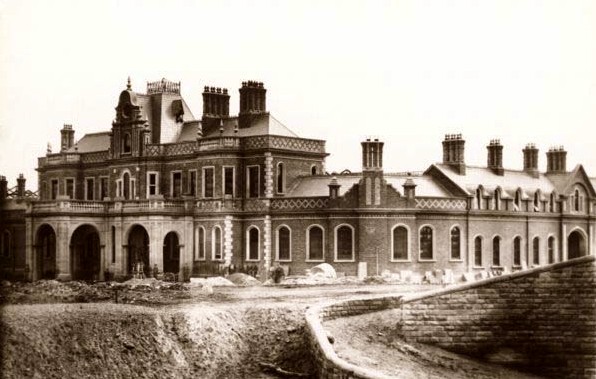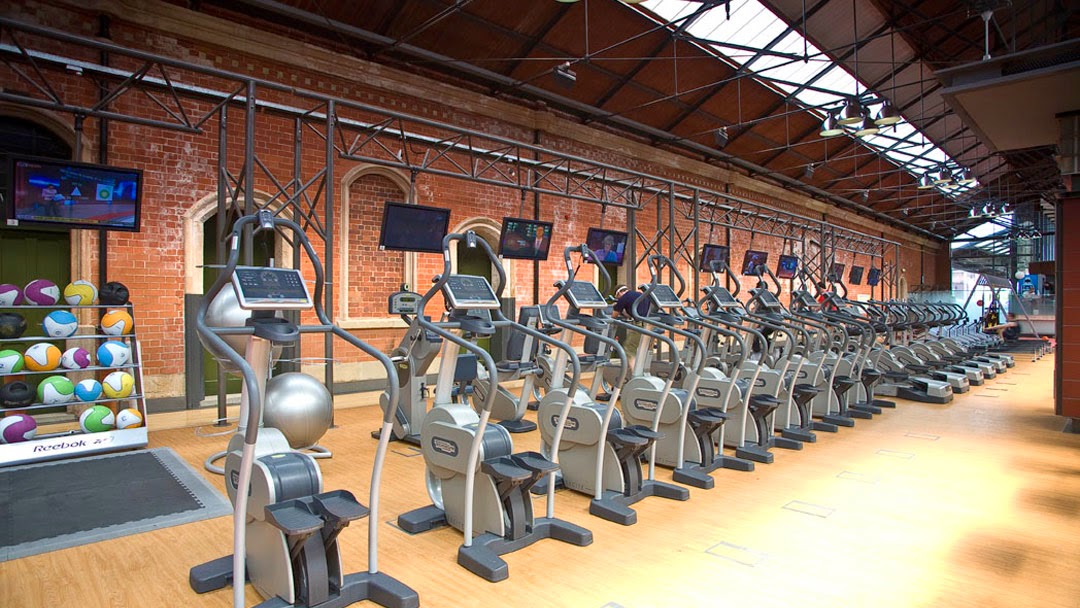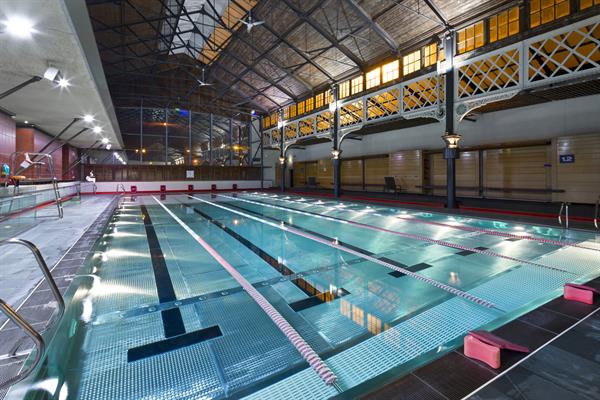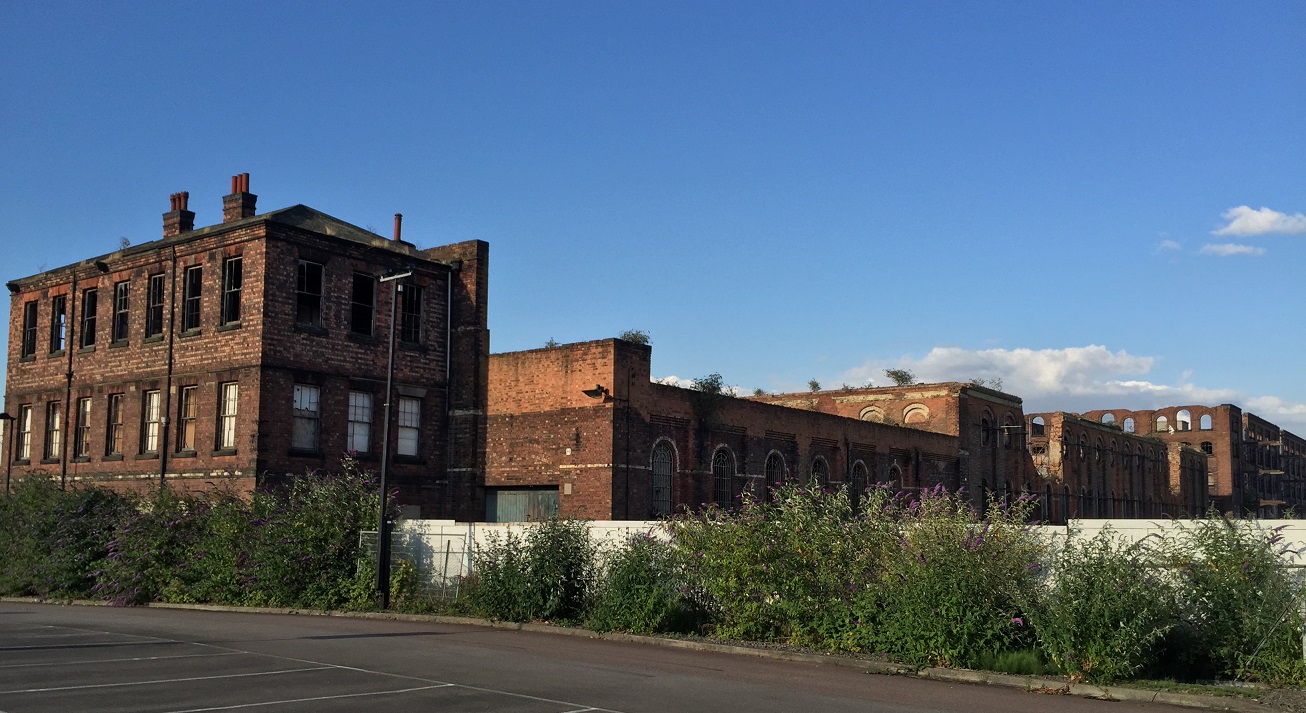Introduction:
In this installment of our famous Nottingham buildings series, we are taking a look at London Road station, also referred to as Low Level Station – which was opened on 3 October 1857 as the headquarters and terminus of the Great Northern Railway’s line to Grantham. It is situated on the East side of London Road and the southside of the Great Northern Close.
Origins:
The station building was designed by Thomas Chambers Hine, a creative Nottingham architect who had many successful projects under his belt, including the remodelling of Nottingham Castle and was also the man behind the design of the magnificent Adam’s building in the Lace Market area of the city centre.

Features:
London Road station is intricately designed, with a diverse mix of styles that echo the design of the lace warehouse that Chambers Hine had just completed for Page & Co.
The dominant influence for the station, however, was the French château style, with Jacobean additions – the building boasts a T-shaped Romanesque grand entrance on iron columns, painted to look like wood.
This was complete with a Venetian bay window above it on the main building, which had a further arched window above, and a clock in front of a pavilion turret topped by iron cresting. The hipped slate roof had nine coped brick ridges and two side chimneystacks.
History – the demise:
When Nottingham Victoria railway station was opened in 1900, the Great Northern had to construct a new chord line, by means of a junction at Trent Lane to Weekday Cross where it joined the Great Central main line.
The new chord line included a station on an island platform which was accessed via a staircase from the booking office on the same approach road to the earlier London Road terminus. To avoid confusion the new station was designated ‘High Level’ and the old station renamed ‘Low Level’.
The transfer to Victoria Station gave the Great Northern a prestigious location and avoided their need to reverse trains to and from Grantham, Derbyshire, and north of Nottingham. Passenger services at the low-level station were considerably reduced with the opening of the Victoria station and on the 22nd May 1944, the original station ran its last service for passengers.
However, it would remain open as a mail depot for troops during the Second World War and then eventually become a parcels depot until the 1970s. The building was listed as Grade II in July 1972, and was closed to all rail traffic in 1988, when the station was refurbished for industrial use.
More recent times
In 1996, the property was severely damaged by a fire – luckily, it was then restored and converted to a Holmes Place health and fitness club. In present day, it is used as a Virgin Active Health Club. Although completely stripped internally, from the outside of the building, it is pleasantly very much the same as it was in its glory days – standing the test of time.


Unfortunately, the same cannot be said for the derelict Great Northern corn warehouse, which stands to the east of the station. The corn warehouse is also a grade 2 listed and was designed by Thomas Chambers Hine.
It was sold by Nottingham City Council to the present owner with a contractual obligation to carry out a restoration scheme. However, no repairs were carried out and in 1998, it met the same fate as the neighbouring station building – unfortunately a lot of the original internal design was damaged in a major fire and it still has currently not been given a new lease of life that the station building was lucky enough to get.
We hope that one day it gets the love it deserves! But until then, we can appreciate the history behind the building.











